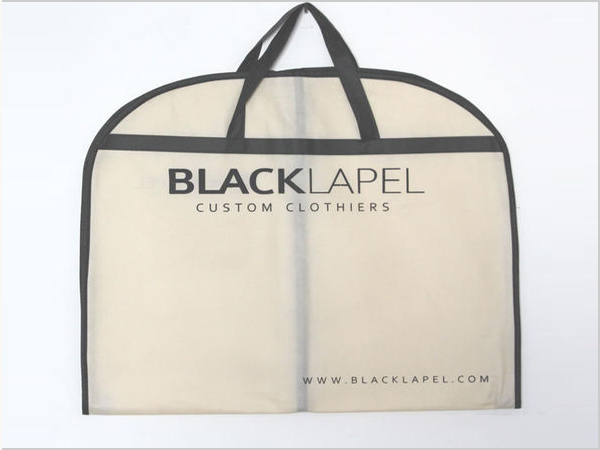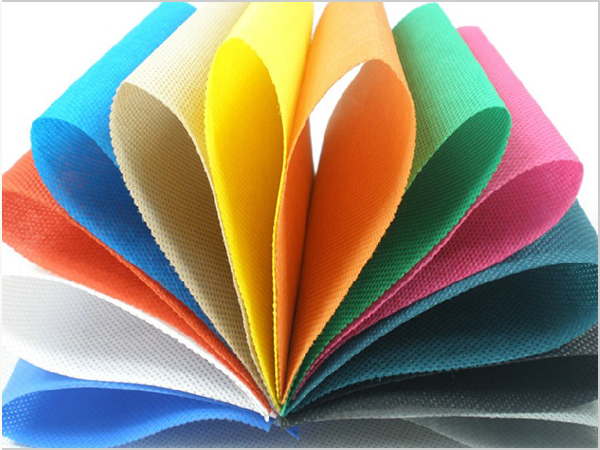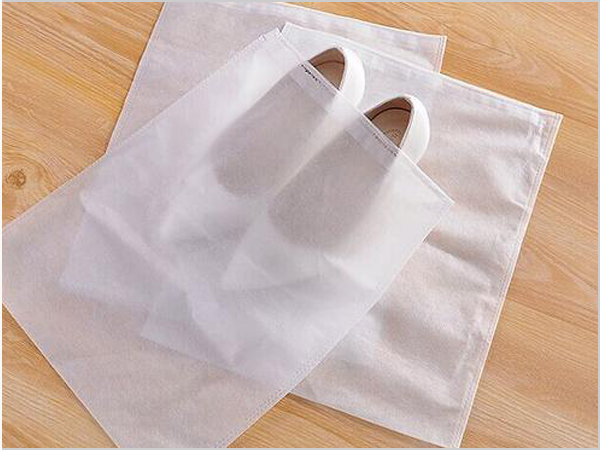- Xiangshuo has stood out in the field of spunbond nonwoven fabrics!
- How should enterprises respond to the impact of repeated tariffs
- PP non-woven fabric is a new type of environmental protection material!
- Under the tariff challenge, the textile and garment industry has a new opportunity
- Spunbonded non-woven fabric is an efficient, multi-functional modern material!

- Telephone: 0551- 66779966
- Cellphone: 18955130444
- Email: 58792982@qq.com
- Address: Building 1-2, East of Wubu Village Section, Hehuai Road, Wushan Town, Changfeng County, Hefei City, Anhui Province
Capacity transfer in the face of low demand
Textile and apparel exports in the first five months of this year are not very optimistic. Data from the General Administration of Customs show that from January to May this year, China's cumulative textile and apparel exports were 118.2 billion US dollars, down 5.26% year-on-year, of which the cumulative textile exports were 56.83 billion US dollars, down 9.39% year-on-year; Cumulative apparel exports fell 1.09 per cent year on year.
From the perspective of the total textile and apparel exports in the past ten years, although the number has shown a continuous growth trend, the average annual growth rate of the total export has gradually declined, and the trend of weakening international market demand and slowing growth has gradually emerged.
The effects of weak consumption in the US and European markets, procurement diversion and Sino-US friction are running in parallel. The reporter noted that in 2022, Vietnam, India, Bangladesh and other countries to the United States, the European Union, Japan and other major consumer markets of textile and apparel import growth rate is obvious, for example, according to China cotton network data, in 2022, Vietnam textile and apparel exports to the United States increased by 7.9%, exports to the European Union increased by 34.7%, exports to Japan increased by 25.8%.
China's clothing exports are undergoing structural changes, customs data from January to April this year show that China's clothing exports to the United States, the European Union, Japan and other developed markets were reduced by 14%, 20.4% and 2.5%, respectively, and the proportion of clothing exports in China was reduced by 3.8 percentage points, 4 percentage points and 0.5 percentage points.
International demand is sluggish, domestic overcapacity, the reporter learned that the overall operating rate of the main downstream industry of the domestic chemical industry is also hovering at a low level, the textile market is currently open at about 70% in May, the PTA production load of the chemical fiber industry is reduced to 77%, the paper industry operating rate of 65.7% is at a low level, the PVC industry operating rate of 41.7%, is expected to continue to weaken.
Overseas production bases serve more overseas market orders, from the above situation, textile enterprises to go to sea, can reduce costs, seize the global market, seems to be the current best solution.
- Xiangshuo has stood out in the field of spunbond nonwoven fabrics!
- How should enterprises respond to the impact of repeated tariffs
- PP non-woven fabric is a new type of environmental protection material!
- Under the tariff challenge, the textile and garment industry has a new opportunity
- Spunbonded non-woven fabric is an efficient, multi-functional modern material!
- By the wind of gold, silver and silver, Keqiao Textile set sail
- PP non-woven fabrics occupy an important position in many fields!
- Textile industry is tested How should textile people cope with such challenges?
- What is the production process of spunbonded nonwovens?
- How to achieve revenue growth driven by policy dividend and technological revolution?



